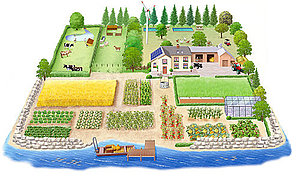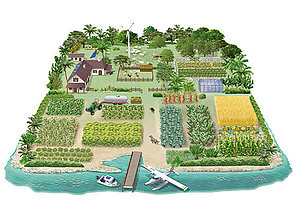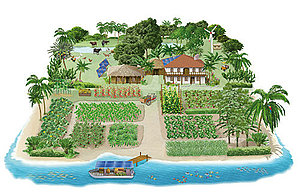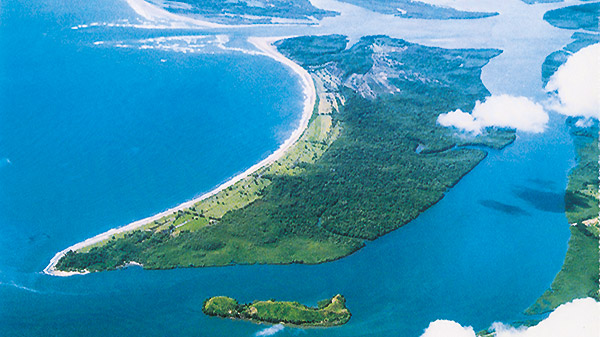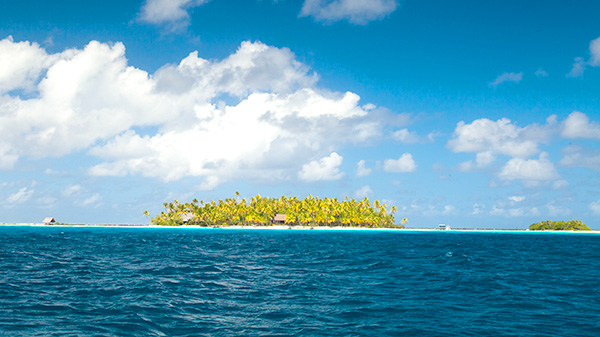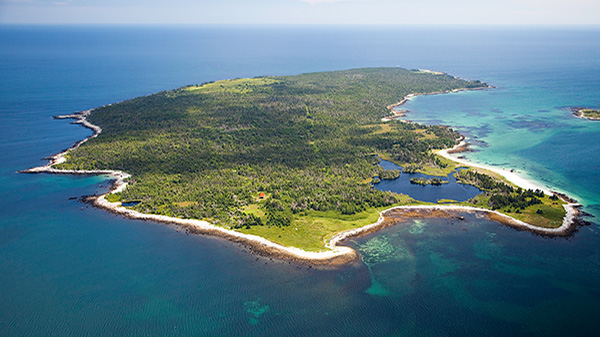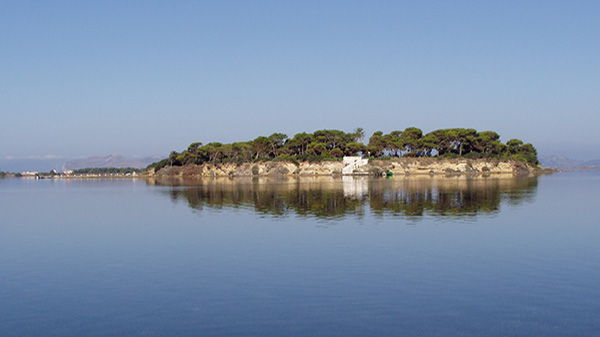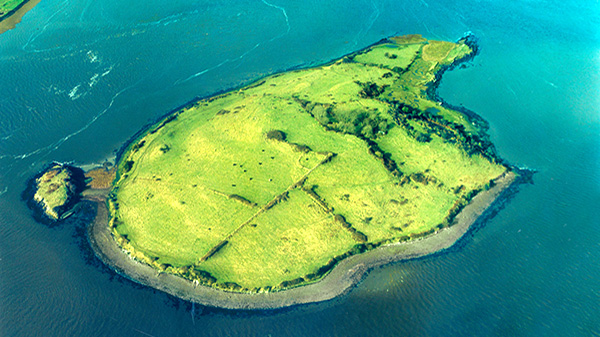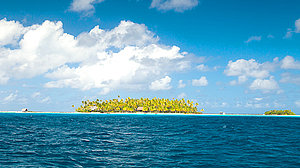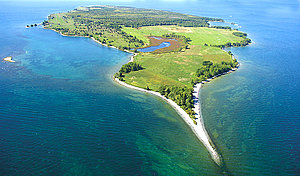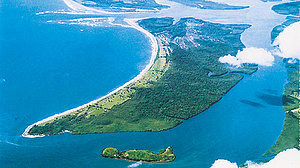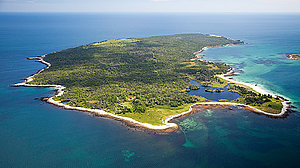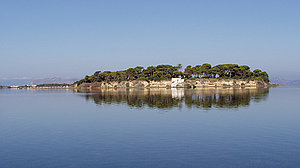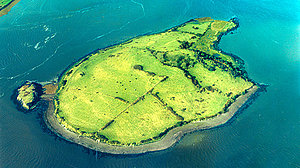Self-Sufficient Islands
Living self-sufficient on Private Islands
If an island can offer its owner not just a living space, but also drinking water and enough food to be able to have a healthy diet, we are talking about a self-sufficient island.
Every family which already tried to get by without the additional purchase of groceries knows that, after a while, one finds the best way to provide for oneself: Whether one decides to grow fruits and vegetables while buying meat and milk on the mainland, or to keep animals for oneself; whether one eats the fish from the surrounding waters or the fish from the fishermen of the next village—how independent one wants to be on one’s own island depends on the personal lifestyle and standards. And the island technology also requires individual planning: is a high tech satellite station preferred, or a simple telephone, a solar plant or a generator?
Almost every climate zone features islands that can be used as self-sufficient islands. A reliable rule of thumb from the days of the settlers of the 19th century goes thus: 2.5 acres of land are enough to feed one family. Regardless of whether the island owner wants to take up intensive farm work or seeks relaxation on his island—it is a rewarding feeling to be able to fall back on the riches of nature.
Self-Sufficient Farming on a Private Island - The One-Hectare Garden and Farm
Living self-sufficient on Private Islands
If an island can offer its owner not just a living space, but also drinking water and enough food to be able to have a healthy diet, we are talking about a self-sufficient island.
Every family which already tried to get by without the additional purchase of groceries knows that, after a while, one finds the best way to provide for oneself: Whether one decides to grow fruits and vegetables while buying meat and milk on the mainland, or to keep animals for oneself; whether one eats the fish from the surrounding waters or the fish from the fishermen of the next village—how independent one wants to be on one’s own island depends on the personal lifestyle and standards. And the island technology also requires individual planning: is a high tech satellite station preferred, or a simple telephone, a solar plant or a generator?
Almost every climate zone features islands that can be used as self-sufficient islands. A reliable rule of thumb from the days of the settlers of the 19th century goes thus: 2.5 acres of land are enough to feed one family. Regardless of whether the island owner wants to take up intensive farm work or seeks relaxation on his island—it is a rewarding feeling to be able to fall back on the riches of nature.
Self-Sufficient Farming on a Private Island - The One-Hectare Garden and Farm
Temperate Zone
Extreme temperatures and precipitation are rare in these regions and the average temperature ranges from 30 to 70 °F. Lush, green forests, warm wetlands, and steppes characterize them. The mild yet moist climate and the abundance of daylight present good conditions for farming.
Subtropical Zone
Long, warm summers and mild, moist winters are predominant in the subtropical zone. The diversity of flora is relatively low: green rain forests alternate with savannas and semi-deserts.
Tropical Zone
Most of the earth’s warmest climatic zone is characterized by the diurnal climate: The temperature differences between night and day are bigger than the differences between the monthly averages. The vegetation ranges from evergreen rain forests to savannas. More than 40 percent of the world’s population lives in the tropics—with an upward trend.
Selection of Self-Sufficient Islands worldwide
Self-Sufficient Islands for sale
Motu Teta, French Polynesia
This 9.5 acre private island - Motu Teta - is located in Rangiroa (Commune of Tiputa), French Polynesia, 211 miles from Papeete and 1 ½ hour boat ride from Rangiroa. It is a privately owned island that has an easy access, fresh water, electricity and outstanding accommodations of a high caliber.
Visit the island
Galloo Island, Upstate New York, USA
Self-sufficiency should be no problem here. Encompassing almost 2,000 acres, Galloo Island is an all-American private island paradise. Located smack bang in the middle of Lake Ontario, Galloo boasts fertile earth, a herd of wild deer and even its own electricity. That’s right - thanks to its network of solar systems and wind turbines, your dream of a self-sustainable life doesn’t need to stop at what’s on the menu!
Visit the island
Isla Porcada, Panama
Isla Porcada is a 1,000-acre freehold private island located just off Panama’s Pacific Coast, not far from the city of David (Chiquiri Province). The island is completely self-sufficient and currently enjoys a mixed usage as a holiday retreat and cattle / horse ranch, whilst simultaneously offering potential for use as a golf resort, private hideaway or even a stud farm.
Visit the island
Mouton Island, Nova Scotia, Canada
Mouton Island has a wonderfully mild Atlantic climate, with temperatures between 18 and 30 °C from May to October, thanks to the Gulf Stream. Moreover, this unique jewel of natural beauty has two small freshwater lakes and ample drinking water.
Visit the island
Santa Maria Island, Italy
Santa Maria Island is home to palm trees, maritime pines, various plants and flowers and an olive grove – in 2016, 1500 liters of olive oil were produced. There is no pollution, and everything that is grown is 100% organic.
Visit the island
Shore Island, Ireland
The island is currently used for cattle grazing, but would be a beautiful location for a house. Water is available from a well and through a water pipe from the mainland.
Visit the island
